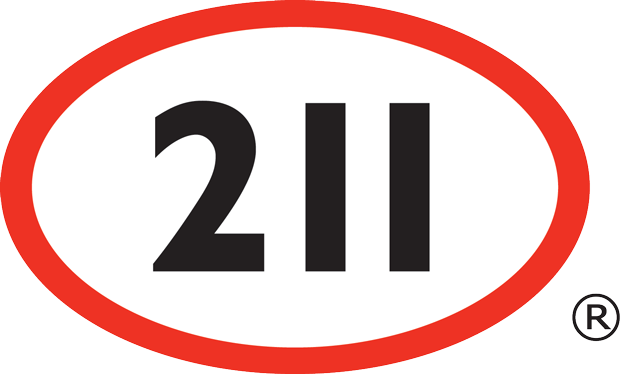Data on requests received at 211 - Current year
We are providing access to ourinteractive tables on requests received by phone and email. We wish to facilitate access to this data to provide elected representatives and socio-community organizations with a portrait of their region and enable them to respond adequately to their citizens’ needs.
Data are available by city, agglomeration and RCM. You can view the needs expressed and refine your search by gender, age and language.
Note that the data, like all datasets, are biased and do not pretend to present an exact portrait of the situation. We nevertheless hope that, combined with other information, this dataset will help draw a portrait of the current social and community needs.
You’ll find below some instructions on how to use the interactive tables. Please contact us at donnnes@211qc.ca if you have any questions.
Instructions for using the interactive tables:
The period indicated is from January 1st. You can select any other start date provided it is after January 1. You can also choose another end date.
The first page of the table (1 of 6, or Accueil [Welcome]) provides data on all the calls and email requests made to 211. In the red menu on the left, clicking on the different tabs lets you access additional statistical data.
Below the red menu, you can select filters to refine your search by, for example, region, city, neighbourhood or RCM as well as by gender, age and language. You can remove these filters at any time by clicking on Effacer.
To access the user profile, click on the second line of the red menu or on the forward arrow at the bottom of the page. This will take you to page 2, which gives a profile of the 211 service users. NOTE: If you chose specific selection criteria on page 1 of the table, they will continue to apply on page 2 and on all other subsequent pages to provide a consistent portrait. You can remove these filters at any time.
The data on page 3 provide a portrait by category of need. At the top left, you will see Alimentation (Food). By clicking on the arrow, you can analyze other types of needs, which are presented in alphabetical order.
Page 4 shows the number of social and community needs expressed, based on the criteria you select as you did on the previous pages.
Page 5 provides data on the number of referrals made and to which organizations, based on your search criteria.
The data on page 6 show the needs that could not be met, either because the service does not exist, does not exist in the user’s region, is not accessible by public transit, etc.








